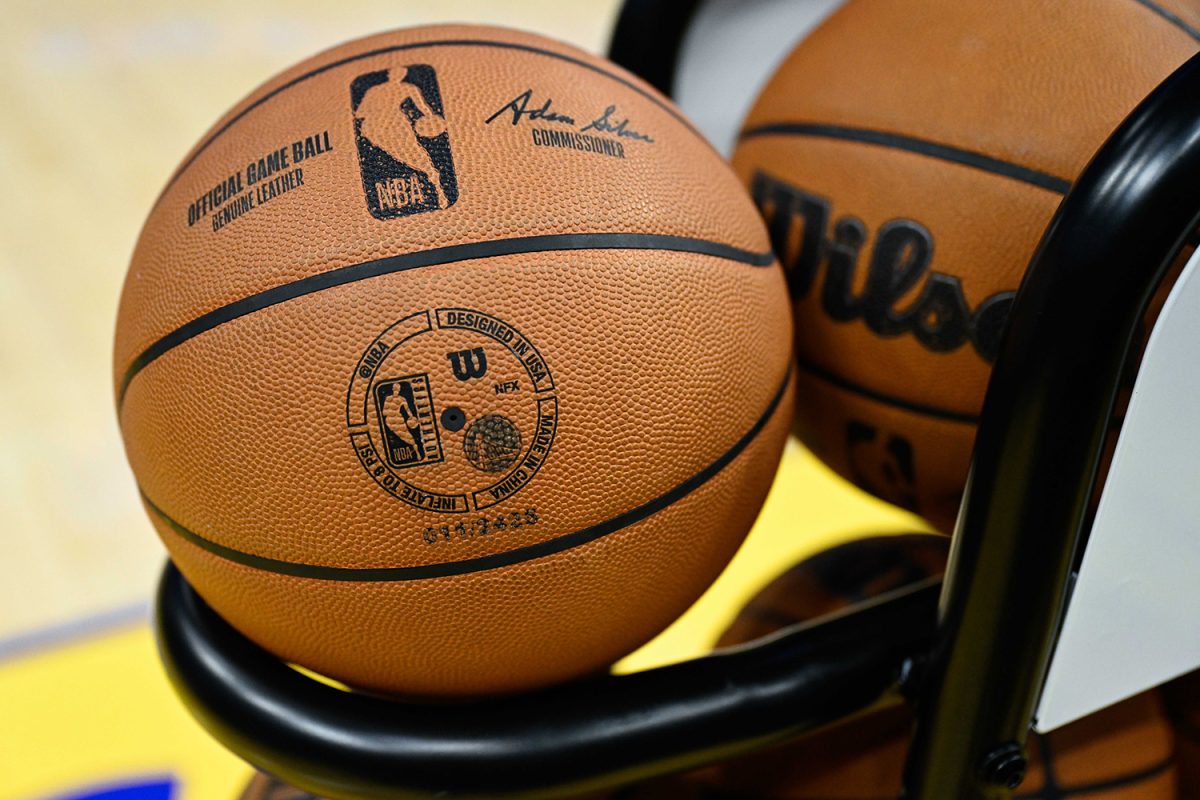Through the first month of the NBA season, ratings went down 28 percent. That is terrible.
Many factors contributed to this dip in ratings, but none bigger than load management. Load management is when healthy players decide not to play to prevent future injuries.
Now, I know what you are thinking, and yes, I agree: This is insanity.
The NBA has put rules in place to try and prevent load management from happening. The most prominent is that there is now a requirement for games played to be eligible to win awards like MVP.
The blame for this problem goes to the players, not the league. Players should want to go out and play for their team no matter what, but that does not seem to be the case anymore. Turning on the TV and not seeing your favorite player playing because of load management is beyond discouraging. That feeling is only amplified when it happens on the team you see play in person.
Load management is not anywhere near as popular in any other professional sports league as it is in the NBA, hence why its ratings are so low.
Another reason why we are seeing such low ratings for the NBA is how long these games are dragging on. When a basketball game is close and nearing the end of regulation, you commonly see a lot of intentional fouls and timeouts being taken.
This causes a game with only 30 seconds left to go on for what feels like an hour.
God forbid there is a play that needs to be reviewed during this time. That will only add another 10 unnecessarily long minutes.
The solution to this problem is to give teams less timeouts to start with. Each team is given seven timeouts for regulation and is only allowed to use four of them in the fourth quarter, according to NBA officials.
Seven is overkill. Each team should only have five timeouts and only be allowed to use three of them in the fourth quarter. This will only speed up the game and make it more enjoyable to watch.
When the MLB introduced the pitch clock, it was first met with criticism, but after seeing it in action, fans grew to appreciate how much more watchable it made baseball.
The timeout change will take some adjusting for sure, but it will ultimately be extremely beneficial for the NBA’s TV ratings.
As dire as the ratings looks for the NBA, it is not all bad. On Jan. 8, the Cleveland Cavaliers defeated the Oklahoma City Thunder in a 129-122 thriller, and the Milwaukee Bucks defeated the San Antonio Spurs, 121-105. Why is this so significant?
The Cavaliers and the Thunder are the two best teams in the NBA, and the second game featured Giannis Antetokounmpo against Victor Wembanyama, two of the best basketball players in the world. These two games were nationally televised on ESPN, and the ratings did not disappoint.
The ratings for the Cavaliers versus the Thunder were up 20 percent from the network’s game in the same time slot last season and averaged 1.87 million viewers, according to The Athletic. The Milwaukee Bucks versus the San Antonio Spurs game averaged 1.38 million viewers — up 88 percent from the game in the same time slot last year, according to The Athletic.
What does this all mean? It means that when you pit the two best NBA teams and international superstars Giannis Antetokounmpo and Victor Wembanyama against each other on national television, let alone on the same night, you are in for ratings gold.
The stats from those two games show that interest in the NBA exists. Now, it is up to the NBA to capitalize on that interest.



